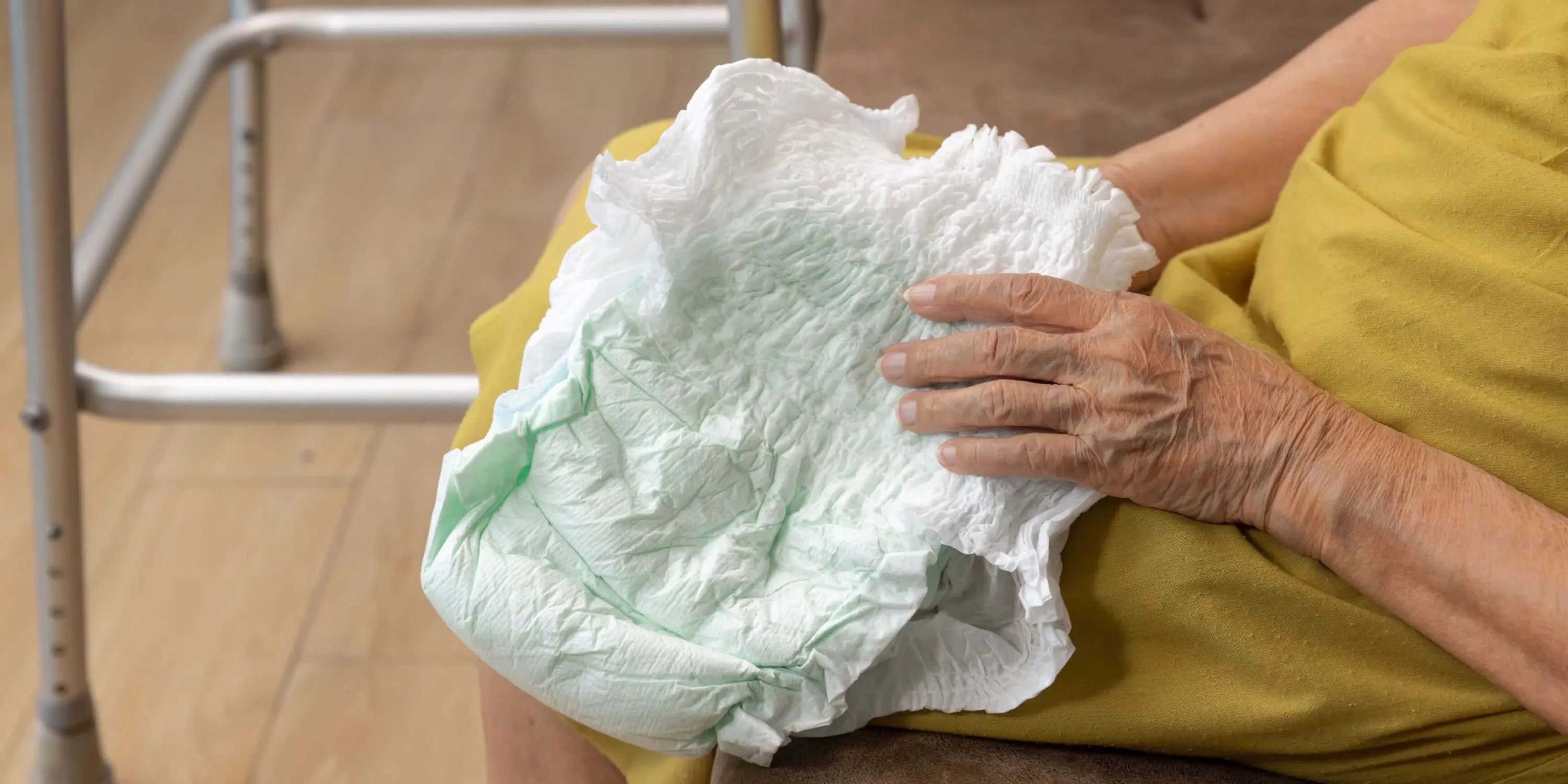
Incontinence May Not Be About Aging
0 Comments
Incontinence May Not Be About Aging
JUNE 07, 2023
Urinary Incontinence — The loss of Bladder Control — is a common and often embarrassing problem. The severity ranges from occasionally leaking urine when you cough or sneeze to having the urge to urinate that's so sudden and strong you don't get to a toilet in time.
Though it occurs more often as people get older, urinary incontinence isn't an inevitable consequence of aging. If urinary incontinence affects your daily activities, know that it can be reversed. For most people, simple lifestyle changes can ease discomfort or stop urinary incontinence.
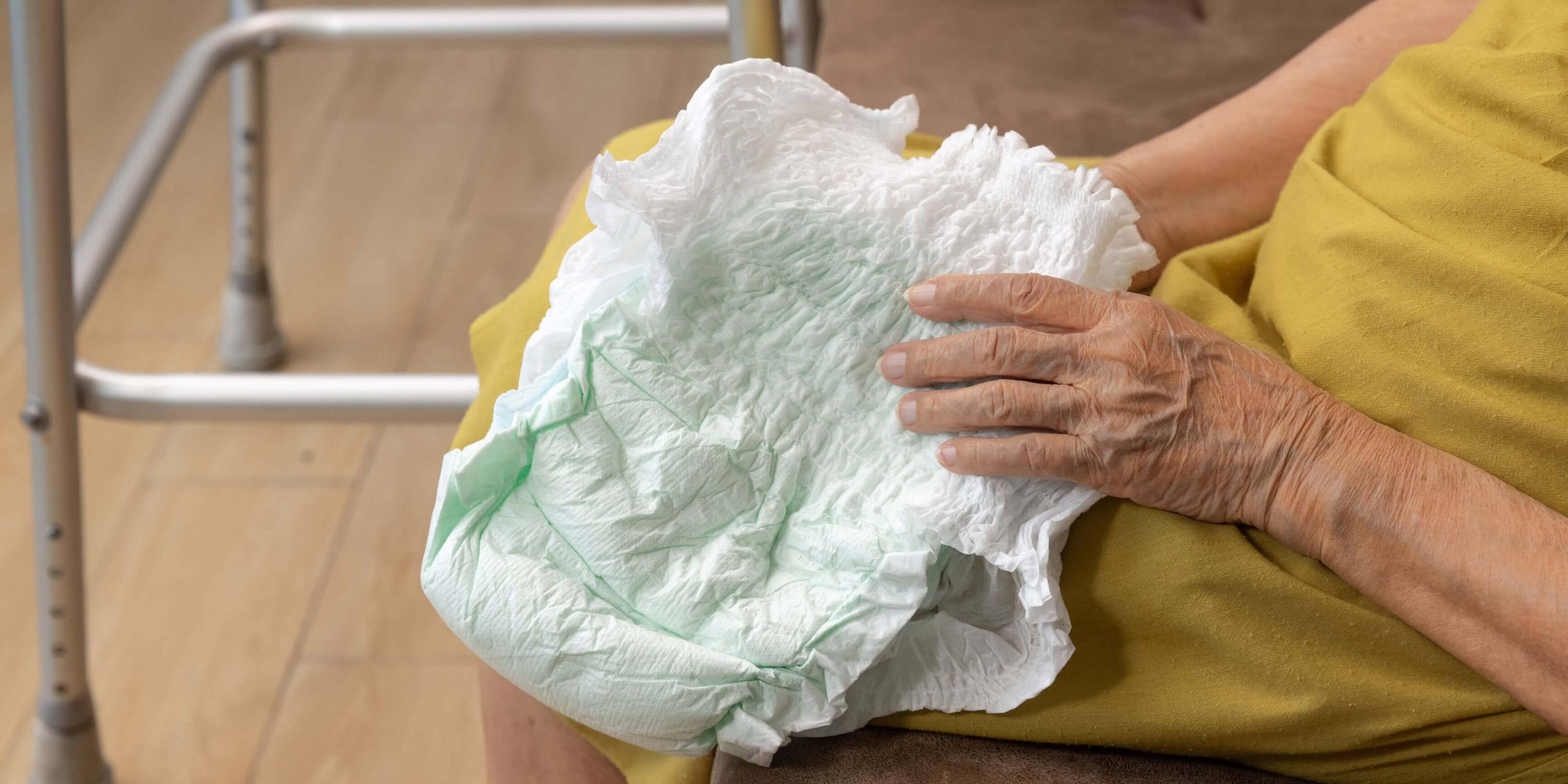
Types of Urinary Incontinence Include:
Stress incontinence: Urine leaks when you exert pressure on your bladder via anxiety, coughing, sneezing, laughing, exercising, or lifting something heavy.
Urge incontinence: You have a sudden, intense urge to urinate followed by an involuntary loss of urine. You may need to urinate often, including throughout the night. Urge incontinence may be caused by a minor condition, such as infection, or a more-severe condition, such as a neurologic disorder or diabetes.
Overflow incontinence: You experience frequent or constant dribbling of urine due to a bladder that doesn't empty completely.
Functional incontinence: A physical or mental impairment keeps you from making it to the toilet in time. For example, if you have severe arthritis, you may not be able to unbutton your pants quickly enough.
Mixed incontinence: You experience more than one type of urinary incontinence.
Urinary Incontinence May:
Indicate a more serious underlying condition requiring health professional intervention.
Cause you to restrict your activities and limit your social interactions
Increase the risk of falls in older adults as they rush to the toilet
Certain drinks, foods, and medications may act as diuretics — stimulating your bladder and increasing your volume of urine. They include:
Alcohol
Caffeine
Carbonated drinks and sparkling water
Artificial sweeteners
Chocolate
Chili peppers
Foods that are high in spice, sugar, or acid, especially citrus fruits
Heart and blood pressure medications, sedatives, and muscle relaxants
Large doses of vitamin C
Urinary incontinence may also be caused by an easily addressable condition, such as:
Urinary tract infection: Infections can irritate your bladder, causing you to have strong urges to urinate and sometimes incontinence.
Constipation: The rectum is located near the bladder and shares many of the same nerves. Hard, impacted stool in your rectum causes these nerves to be overactive and increase urinary frequency.
Persistent Urinary Incontinence
Urinary incontinence can also be a persistent condition caused by underlying physical problems or changes, including:
Pregnancy: Hormonal changes and the increased weight of the fetus can lead to stress incontinence.
Childbirth: Vaginal delivery can weaken muscles needed for bladder control and also damage bladder nerves and supportive tissue, leading to a dropped (prolapsed) pelvic floor. With prolapse, the bladder, uterus, rectum, or small intestine can get pushed down from the usual position and protrude into the vagina. Such protrusions can be associated with incontinence. We have a program to ease natural delivery.
Changes with age: Aging of the bladder muscle (think Kegels) can decrease the bladder's capacity to store urine. Also, involuntary bladder contractions become more frequent as you get older.
Menopause: After menopause, women produce less estrogen, a hormone that helps keep the lining of the bladder and urethra healthy. Deterioration of these tissues can aggravate incontinence.
Hysterectomy: In women, the bladder and uterus are supported by many of the same muscles and ligaments. Any surgery that involves a woman's reproductive system, including the removal of the uterus, may damage the supporting pelvic floor muscles, which can lead to incontinence.
Enlarged prostate: Especially in older men, incontinence often stems from enlargement of the prostate gland, a condition known as benign prostatic hyperplasia.
Prostate cancer: In men, stress incontinence or urge incontinence can be associated with untreated prostate cancer. But more often, incontinence is a side effect of treatments for prostate cancer.
Obstruction: A tumor anywhere along your urinary tract can block the normal flow of urine, leading to overflow incontinence. Urinary stones — hard, stone-like masses that form in the bladder — sometimes cause urine leakage.
Neurological disorders: Multiple sclerosis, Parkinson's disease, a stroke, a brain tumor, or a spinal injury can interfere with nerve signals involved in bladder control, causing urinary incontinence.
Risk Factors
Factors that increase your risk of developing urinary incontinence include:
Gender: Women are more likely to have stress incontinence. Pregnancy, childbirth, menopause, and normal female anatomy account for this difference. However, men with prostate gland problems are at increased risk of urge and overflow incontinence.
Age: As you get older, the muscles in your bladder and urethra lose some of their strength. Changes with age reduce how much your bladder can hold and increase the chances of involuntary urine release.
Being overweight: Extra weight increases pressure on your bladder and surrounding muscles, which weakens them and allows urine to leak out when you cough or sneeze.
Smoking: Tobacco use may increase your risk of urinary incontinence.
Family history: If a close family member has urinary incontinence, especially urge incontinence, your risk of developing the condition is higher.
Riding a bicycle with a narrow seat can cut off circulation in the groin, and according to a Walnut Creek California, a urologist can often invite impotence and other urinary issues.
Being in the house too often (including in front of a computer) with a too convenient toilet nearby. When it is too convenient to pee, we hit the toilet much too soon and weakening our natural ability to restrict urine flow. This increases the need for Kegels.
Breathing pattern disorder adds to the stress and everything else negative imaginable. Breath is life. Or it isn't.
Other diseases: Neurological disease or diabetes may increase your risk of incontinence.
Complications
Complications of chronic urinary incontinence include:
Skin problems: Rashes, skin infections, and sores can develop from constantly wet skin.
Urinary tract infections: Incontinence increases your risk of repeated urinary tract infections.
Impacts on your personal life: Urinary incontinence can affect your social, work, and personal relationships.
Prevention
Urinary incontinence isn't always preventable. However, to help decrease your risk:
Maintain a healthy weight
Practice pelvic floor exercises
Avoid bladder irritants, such as caffeine, alcohol, and acidic foods
Eat more fiber, which can prevent constipation, a cause of urinary incontinence
Don't smoke, or seek help to quit smoking
Get a recumbent bike or saddle seat and high-rise handlebars for your outside and inside bike, and be supported on your sit bones instead of your groin muscles.
Why don’t younger people who also break all the rules have it? Aside from the above, a strong reason for older people is they are often less active. When you are out and about, you naturally and often without realizing it, tighten your urinary control muscles to offset the need to eliminate. Sort of a natural unconscious Kegel. So part or all of the solution may be to take increasingly longer walks or bike rides outside or on the treadmill via oxygen-enhanced stationary exercise.
I sometimes take a bowel cleanser like OxyCleanse and notice that depending on my food consumption the previous day, the urge to pee is often tied to the urge to defecate. One strengthens or relieves the need for the other.
Exercises that may help back it off are Kegels - but they are very boring, and few do them unless they want to strengthen their sex life which, now that I think of it, may even be a better reason
It is widely believed to tie in breathing and incontinence.
Add the Cards C10, C9, C33, C30, C20, C12, C11, and C27 that are included in our Optimal Breathing Kit.
Conquer Incontinence and Reclaim Bladder Control Through Optimal Breathing

Meet Mike White
Meet Michael Grant White, the Optimal Breathing Coach and get actionable insights on your breathing development, health and longevity
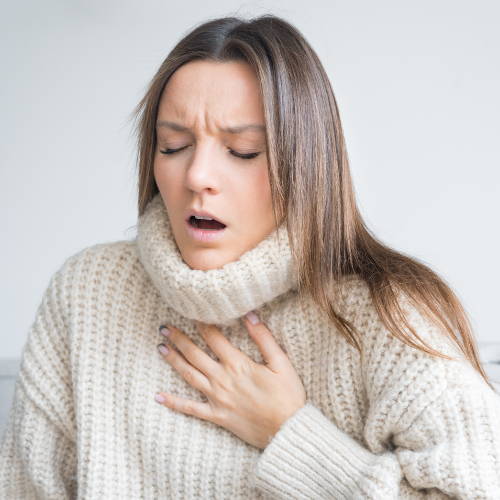
How Good is Your Breathing?
Want to know the future of your health and longevity?
Most Popular Articles

April 12,2021
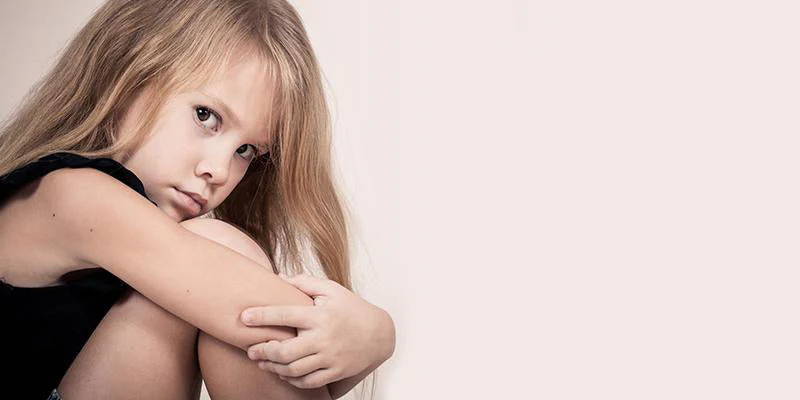
Feb 10, 2022
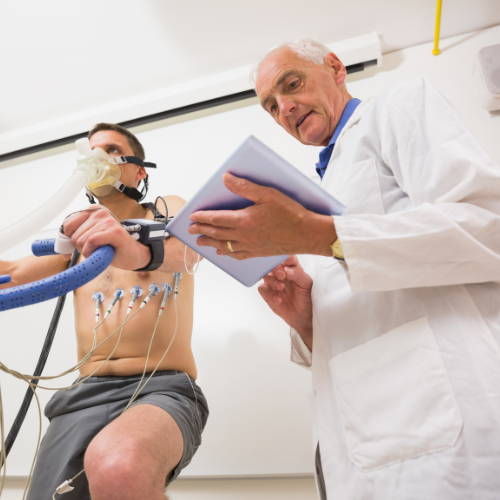
Attain satisfactory levels of exercise without aggravating existing heart.
Understand and explore EWOT - Exercise with Oxygen Therapy.
The Optimal Breathing
Self Mastery Kit
Breathing & Oxygen Articles
- Breathing
- Oxygen
- Mold Could Be in Your Home Right Now. Are You at Risk?
- Beat Work Stress the Right Way
- Bad Breathing Causes Asthma- Here's What to Do!
- Optimal Breathing, Autism & Brain Development
- Why Breathe Better? Bad Breathing Makes You sick or Sicker. Learn To Breathe Better Now
- Cure your Breathing Problems with Breathing Exercises
Meet & Work With Our Practitioners
Get personal help to improve your health
and vitality.
Get expert coaching and guidance from our Optimal Breathing experts.
Whether you are looking to have an Integral Breathwork expert, Voice Coach
or someone who specializes in anxiety or depression, look no further.





